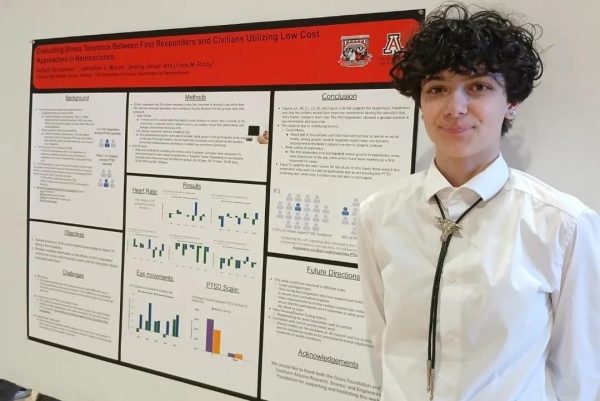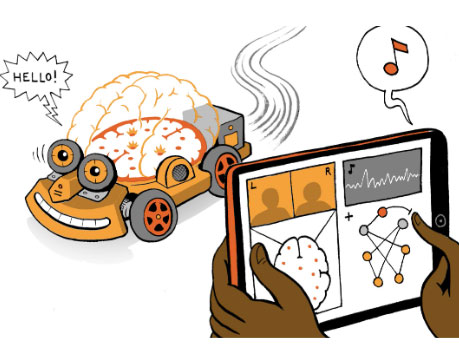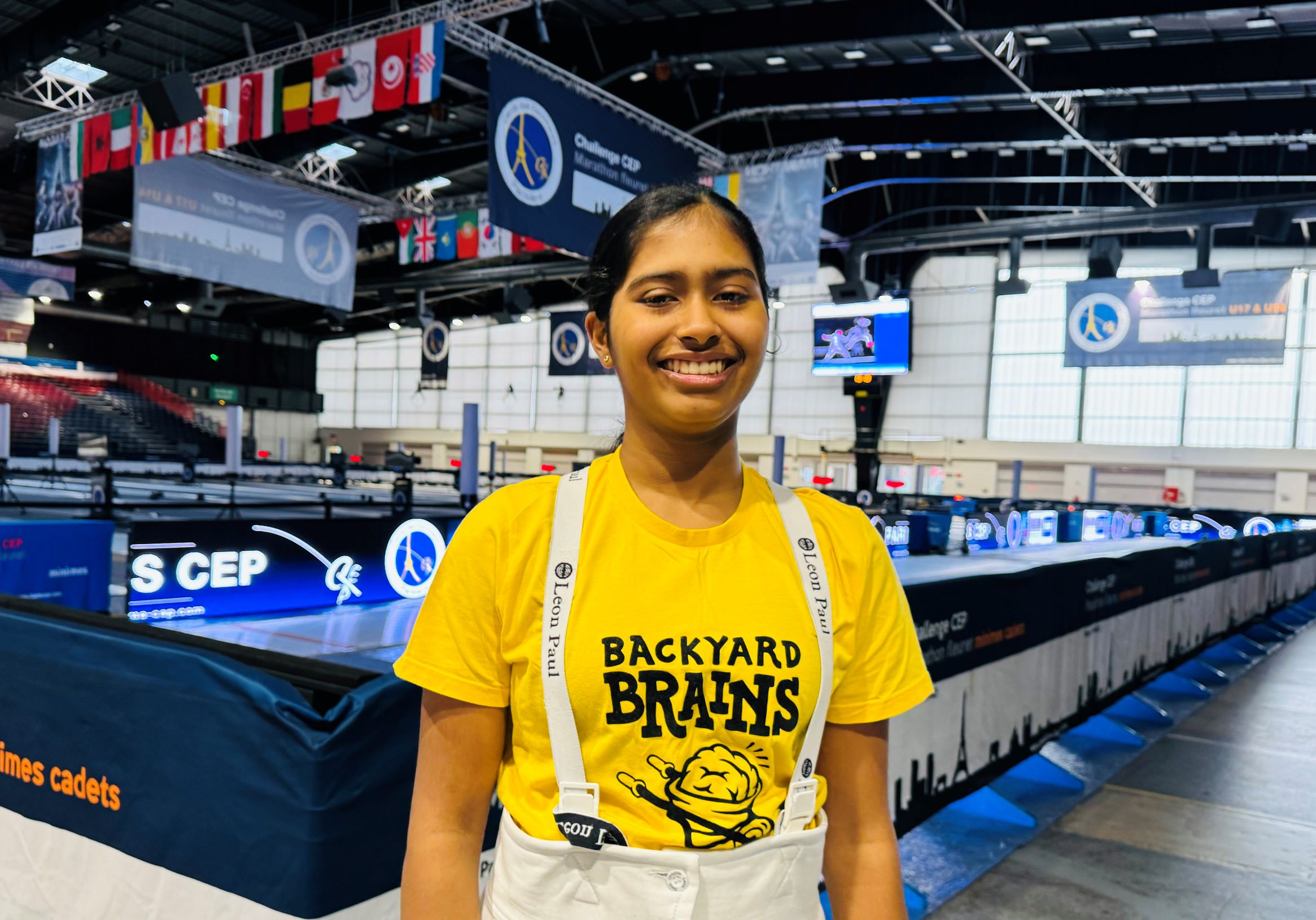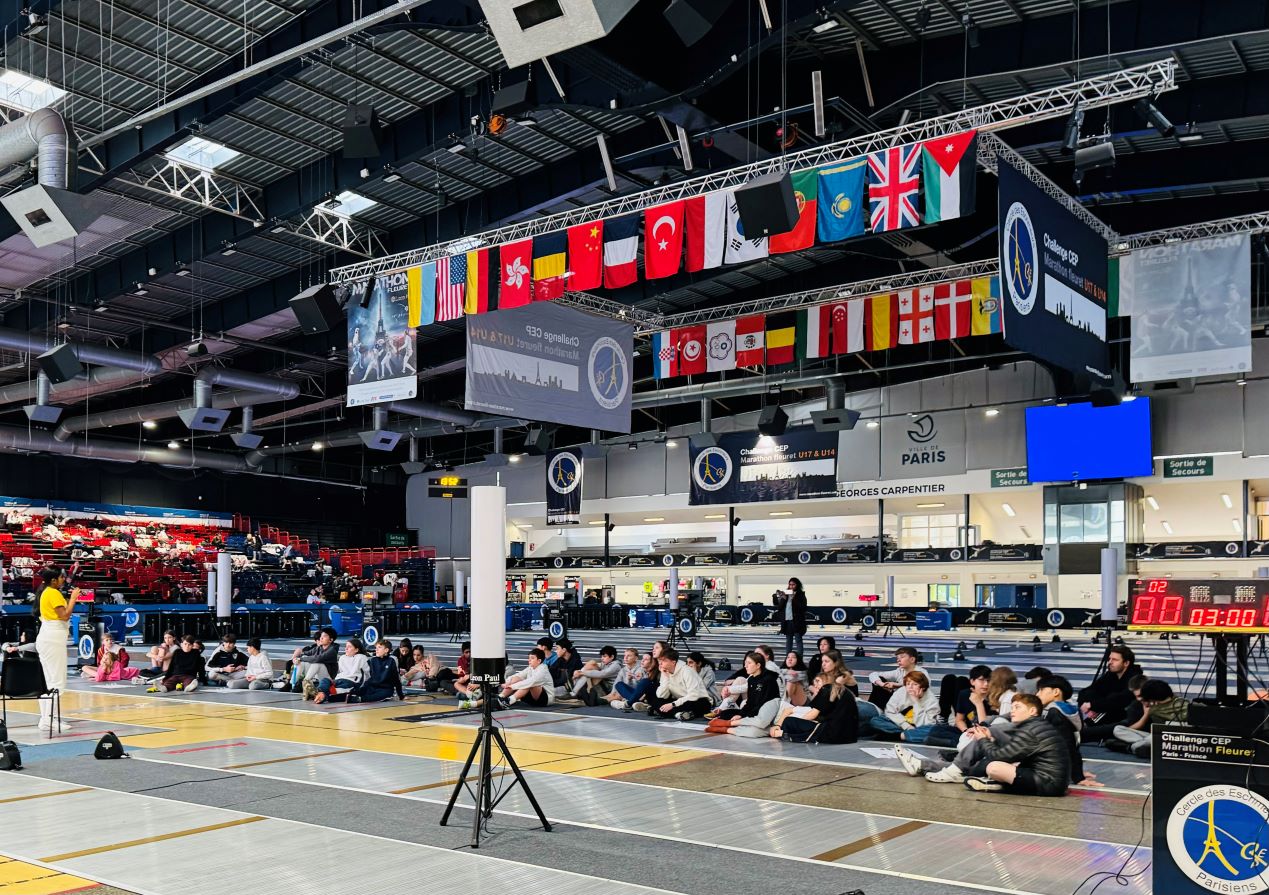Fundraise

Join us in our mission to make neuroscience education accessible to every student, everywhere. By raising money in your community or workplace, you can play a pivotal role in promoting and supporting an initiative that opens up a world of discovery and inspiration for young minds. Your fundraising efforts will directly contribute to providing underfunded school districts with the tools and resources they need to explore the wonders of the brain.
Whether you organize a local event, initiate a workplace giving campaign, or engage with your community online, every effort counts towards making a difference. Together, we can ensure that financial barriers do not stand in the way of a student’s curiosity and potential. Let’s unite to fund the future of neuroscience education and inspire the next generation of scientists, thinkers, and leaders. Raise money, raise awareness, and raise aspirations—support neuroscience education for all.
Partner
CORPORATE AND PHILANTHROPIC PARTNERSHIPS: Join Forces with Us

Collaboration is at the core of our mission to democratize neuroscience education. The generous support from our corporate, philanthropic partners, and individual contributors is vital to our success. Together, we have the power to bridge the educational divide, ensuring that cutting-edge neuroscience equipment reaches the hands of students in underfunded schools.
Your partnership signifies more than just a contribution; it represents a commitment to fostering curiosity, innovation, and a love for science among the next generation. Let’s unite our efforts and resources to make neuroscience accessible to all, transforming the landscape of education and empowering students with the tools they need to succeed.
Contact us at corporate.partnerships@backyardbrains.org
Campaign

Can First Responders Handle Stress Better? Teen Investigates and Wins Science Fairs Using Human SpikerBox
-Written by Jelena Ciric-
It’s tested and proven: Paramedics, firefighters, police officers and other first responders are almost twice as likely to develop PTSD (Post-Traumatic Stress Disorder) at some point in their lives than the rest of us. Still, many of them are either unaware of it or they go on with their lives without ever reporting or treating it. Worse yet, as reports have it, they are 1.39 times more prone to suicide than others.
While heroes of our communities are busy helping others, there’s someone who thinks of them. Sofia R. De Lorenzo, a teen attending Tucson High Magnet School in Arizona, turned to science to find out if stress tolerance in first responders could actually be greater than in civilians. But her aim went beyond asking the right question and finding an answer to it. The overarching goal of her research was to spread awareness of the underreported psychological impact in first responders.

And it just so happened that her research caught the ear of many! Encouraged by her school teacher Jeremy Jonas and mentored by John Moore from the Ricoy Lab, she ran a poster presentation and penned down her findings in a research paper. A bunch of awards would ensue: the SARSEF Fair Grand Award in Behavioral and Social Sciences, APA Certificate of Achievement in Research in Psychological Science, Easterseals Blake Foundation Top Award and The Betsy Bolding Top Award.
“Through this project, I was able to find my true passion for psychology, which has inspired me to continue expanding my knowledge in this field by pursuing a bachelors in psychology”
Sofia R. De Lorenzo
Gauging Stress: Prep Work & Experimental Procedure
So how do you pin down something as evasive as stress?
When we’re exposed to stress, our subconscious “fight or flight” response kicks in as part of the Sympathetic Nervous System. What Sofia needed to do is expose her subjects to stress in a controlled—and safe!—enviroment and quantify their response by monitoring their heart rate and eye movements. How would a high-schooler go about such a task? All she needed in equipment was a tool to capture action potentials. (If only there was an easy, affordable solution… If only!)
But the prep work for the experiment was trickier than it sounds. Doing research with humans requires approval from an Institutional Review Board, a team composed of an administrator, a teacher and a registered nurse whose role is to evaluate the project beforehand. It’s unusual enough to ask for this committee in high school; they also needed to give the green light by weighing up precautions against potential risks. Once that was done, the next step was to form two cohorts of willing subjects: 20 first responders and 20 civilians, all of whom would sign an informed consent form letting them know exactly what to expect.
To level out the playing field as much as possible, Sofia had to pre-screen the participants to make sure they aren’t at the risk of getting PTSD as a result of the experiment. Those who scored positive were excluded—tellingly, six first responders as opposed to just one civilian! The others were encouraged to report if they start feeling uncomfortable so that the experiment can stop right away.
One set of electrodes hooked up on the wrists for EKG following our guidance, another set on the temples to detect EOG (action potentials that fire when the eyes move), and the study could begin!

To trigger the responses she wanted to capture, the young researcher designed a video. First, you watch calm scenery of nature that serves as control material. After a minute, it gets interrupted with a disturbing 20-second clip showing things like car crashes, police body cam photos, house fires or people getting CPR. Between 5 rounds each of nature and interruptions, the video lasts nearly 8 minutes. Every 3 seconds, the EKG and EOG results were recorded in a spreadsheet. To allow for a better comparison of reactions, the results were then averaged for each participant and grouped together according to beats per minute. Anything sticking out? It’s exactly the heightened response Sofia was after.

Result: Hypothesis Not Entirely Correct (But!)
Sofia’s hypothesis proposed that civilians would react to stress more dramatically than first responders, showing a more frantic eye activity and an increased heart rate. What happened was the opposite: overall, it was actually first responders who showed lower tolerance to stress!
When a hypothesis gets rejected, the next task is to come up with theories to understand why. One culprit could be social media. Over half of the civilians admitted to regularly watching similar or even more disturbing content in their feeds. In other words, their bodies could have become used to the sensation.
Another reason could be that the cohort of first responders varied too much in terms of experience. Some of them had years of work up their sleeves, while others were still new and presumably unaccustomed.
Like with any good study, this one opened several potential directions to follow up on. Our fingers are crossed, our heart rate building with excitement! We’ll keep you posted on the young scientist’s future projects.
And if you’re curious about Sofia’s project presentation, lab journal and research paper, you can find them all here.
Free NeuroRobot Workshops
![]() Calling high school life science teachers in or around NYC! Secure your spot for this free 6.5 hour NeuroRobots workshop at the @nysci on Feb 24
Calling high school life science teachers in or around NYC! Secure your spot for this free 6.5 hour NeuroRobots workshop at the @nysci on Feb 24 ![]()
![]() Space is limited so hurry up!
Space is limited so hurry up!
NeuroRobots are robots with computer models of biological brains that you can use to understand everything from motor control and navigation to learning and problem solving. Perfect for teachers who want to include neuroscience in their Life Science, Biology, Anatomy & Physiology, Engineering or Psychology courses, or those who want to start a stand-alone neuroscience course.
We’ll test out the NeuroRobot curriculum and you’ll get a chance to implement it in your classroom. Sign up now (link below), share or send the link to fellow teachers to help us spread the word!

![]() When: Saturday, February 24, 2024; 9 am – 3:30 pm
When: Saturday, February 24, 2024; 9 am – 3:30 pm
![]() Where: New York Hall of Science
Where: New York Hall of Science
![]() Cost: FREE with Registration
Cost: FREE with Registration
![]() Registration: https://forms.gle/ek4eJBmvmvuZWUiE9
Registration: https://forms.gle/ek4eJBmvmvuZWUiE9
High-schooler becomes an educator: Young Fencer’s Neuro – Revolution Goes International

There’s one thing that beats inspiring kids to take up neuroscience: Watching them not only catch the spark but pass it along! High schooler Supriya Nair is our case in point. Through scientific outreach using our SpikerBox, she has already ignited the interest of hundreds of her peers who got to see and feel the power of action potentials for the first time.Her latest outreach triumph happened just this month at the 2024 Marathon Foils Tournament in Paris! There, she sparked the NeuroRevolution in dozens of young fencers from France, Italy, Germany, UK and other parts of the globe.
The reception in Paris was warm, and there was quite a lot to be learned too. “Most of my fellow fencers at the event were impressed with the data behind the adage that warming up is good,” Supriya tells us. “When we discussed a reduction of over 50 milliseconds in a 6ft lunge, there was a lot of excitement and cheering. I was humbled and really appreciated their time, everyone of the fencers from these countries were friendly, receptive and welcoming.”
The young neurofencer thus kick-started a string of international appearances where she is to empower fellow athletes to take up science and use it to level up their performance on the piste. And it’s not just fencers who may get interested in neuroscience. It’s also the other way round, as she’s about to prove in her next workshop in July, on the sidelines of Japan’s biggest annual neuroscience conference Neuro2024! She has conquered much of America too, conducting upwards of 15 neurofencing workshops in California, Oregon, Arizona, Minnesota and at the SfN 2023 in Washington, D.C., where we met her in person.
